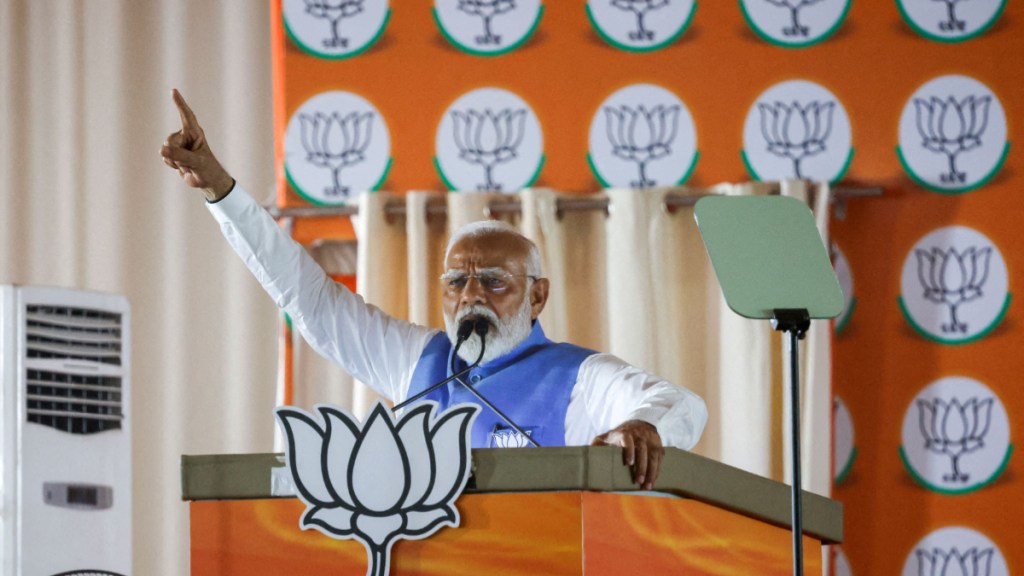When it comes to the pace and direction of policy-making, the Narendra Modi 3.0 regime is likely to be different from the two previous previous governments headed by the same prime minister, on account of the big say some alliance partners would have in its affairs. However, coalition governments with lack of the parliamentary majority for any single political party haven’t been reluctant economic reformers. Here’s snapshot of the key reforms undertaken by past governments run by rainbow coalitions.
PV Narasimha Rao – Congress-led alliance ( 1991- May 1996)
Banks got freedom to determine interest rates
Industry allowed to import capital goods
Industrial licensing and registration removed barring for a few demerit and national security sectors
Restrictions on production capacity done away with
The number of industries reserved for the public sector came down from 17 to 3.
A gradual reduction in the customs duties and tariffs on exports and imports
The rupee made partially convertible.
The Foreign Exchange Management Act (FEMA) was enacted replacing the draconian Foreign Exchange Regulation Act (FERA)
H. D. Deve Gowda, United Front (June 1996 – April 1997)
The maximum marginal income tax rate for individuals slashed to 30% from 40%
Income tax rate for domestic companies cut to 35% from 40%
Peak customs duty reduced to 40% from 50%
Atal Bihari Vajpayee, NDA (1998 – 2004)
Ambitious Golden Quadrilateral launched to connect Chennai, Kolkata, Delhi and Mumbai through a network of highways
The Pradhanmantri Gramin Sadak Yojana launched
The National Telecom Policy ended government monopoly in the sector; call tariffs reduction and quality improvement followed
FDI in private banking raised to 49% from 20% ; private companies allowed in insurance sector, wit 26% FDI
The FRBM Act 2003 was unveiled to maintain a fiscal deficit under 3% to ensure transparency and fiscal stability in the long run
A new disinvestment ministry to drive privatisation
Privatised Maruti Udyog, Hindustan Zinc, Bharat Aluminium, Indian Petrochemicals, and Modern Food Industries among others
Roadmap for roll out of Value Added Tax in states from April 2005
Manmohan Singh, UPA-I ( 2004 -2009)
VAT rolled out in a pan-India scale from April 1, 2005
Introduced several right-based reforms including the Right to Information Act 2005
Fuel prices deregulation initiated; petrol prices decontrolled, and the phased process of freeing diesel prices startedDirect benefit transfers initiated for targeted release of welfare funds
FDI in private banks raised to 74% from 49%
Manmohan Singh UPA-II ( 2009- 2014)
Unique identification number — Aadhaar — conceptualised, finalised and rolled out
Laid the foundation for the Goods and Services Tax
51% FDI in multi-brand retail, subject to riders


